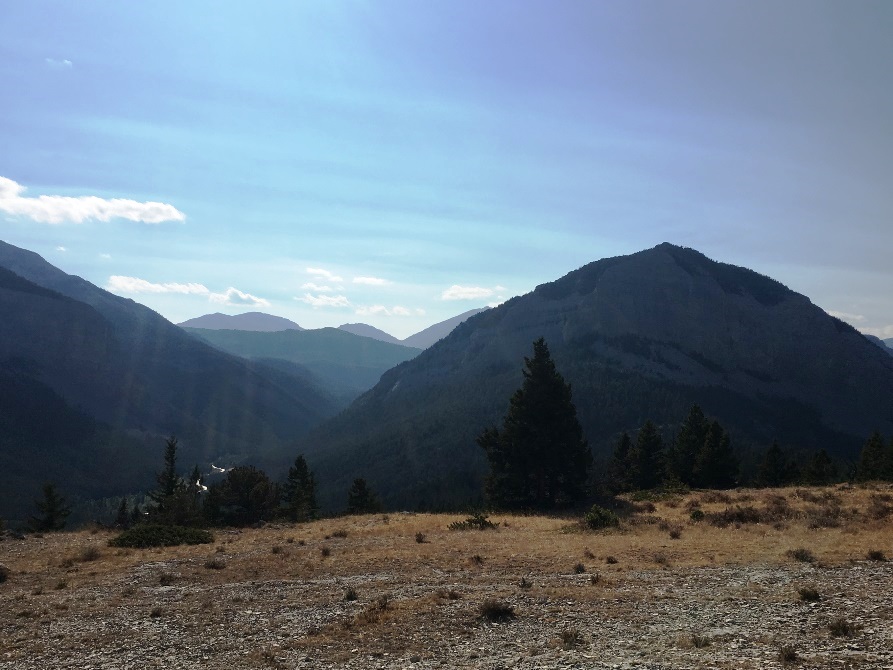 From Missoula to the Rocky Mountain Front, we’ve read and met with Montanans about what’s valued in an inclusive, working landscape. As our readings and guest speakers have so far indicated, defining the ‘Original West’ is tricky, if not counter-productive. But a question lingers in many of our class discussions and peeks its head around bison herds, burnt conifers, and small western general stores: to continue enjoying and relying on this powerful landscape, what needs to change?
From Missoula to the Rocky Mountain Front, we’ve read and met with Montanans about what’s valued in an inclusive, working landscape. As our readings and guest speakers have so far indicated, defining the ‘Original West’ is tricky, if not counter-productive. But a question lingers in many of our class discussions and peeks its head around bison herds, burnt conifers, and small western general stores: to continue enjoying and relying on this powerful landscape, what needs to change?
We tend to picture the American West as untouched wilderness before European settlement: fenceless ground with a fully sustainable ecosystem. Our time in the Scapegoat Wilderness gave us a similar impression: the ‘Wilderness’ sign abruptly turned cow prints to deer, and a rustling bush into potential danger. Yet before white settlement, there were millions of people thriving throughout the plains and mountains, draining wetlands and damming rivers. Wilderness areas today are maybe even more ‘wild’ than the land was on the frontier! Do we return the west to a pre-human, pre-European, or pre-vacationer landscape? All three have altered the terrain and culture of Montana to some degree.
The ideal western landscape has bits and pieces from each group who inhabit this place—some benefitting Native Americans, some ranchers, some developers and recreationalists. Despite some isolated efforts to work together on a collaborative landscape, we’ve seen little physical evidence so far on this field course. As we read William Cronon and Aldo Leopold, and meet with a fascinating variety of Westerners, I’ve begun to play with the idea of what the West could look like if interests remain individual; how would fragmented regions perform, splitting these beloved mountains into territories of agriculture, recreation, preserved wilderness? Traveling through reservations, national parks, and ranch lands we’ve seen these groups at home in their west. But they could each easily belong to different countries the way they avoid coexistence.
Still, these thoughts imply an anthropocentric landscape. Where do the plants and animals come in? Do these taciturn species have no say in the future of the landscape?
Our two weeks on the Rocky Mountain Front and my college years in Colorado, the Tetons, and Bozeman have proven to me that West is as much a mindset as it is a place. The west, in European history, has been a cultural push back against outside authority—stemming from our roots in Manifest Destiny to a country voting red last November. Like the west, the rebels who first journeyed into unknown territory have been romanticized and admired in society. Are environmentalists—and those in favor of restoration—the next wave of western rebellion, challenging the way we live with the land?
For me personally, restoration to an imagined wild past holds the wrong implication. While our journey through Montana so far has certainly shown some of our misuse of the land, to discount the place humans have in this landscape seems detrimental. To remove species and developments critical to a working land’s future would be a step backwards in Western progress. Instead, why not work with our current ecosystem striving for a more unifying and holistic approach to conservation?